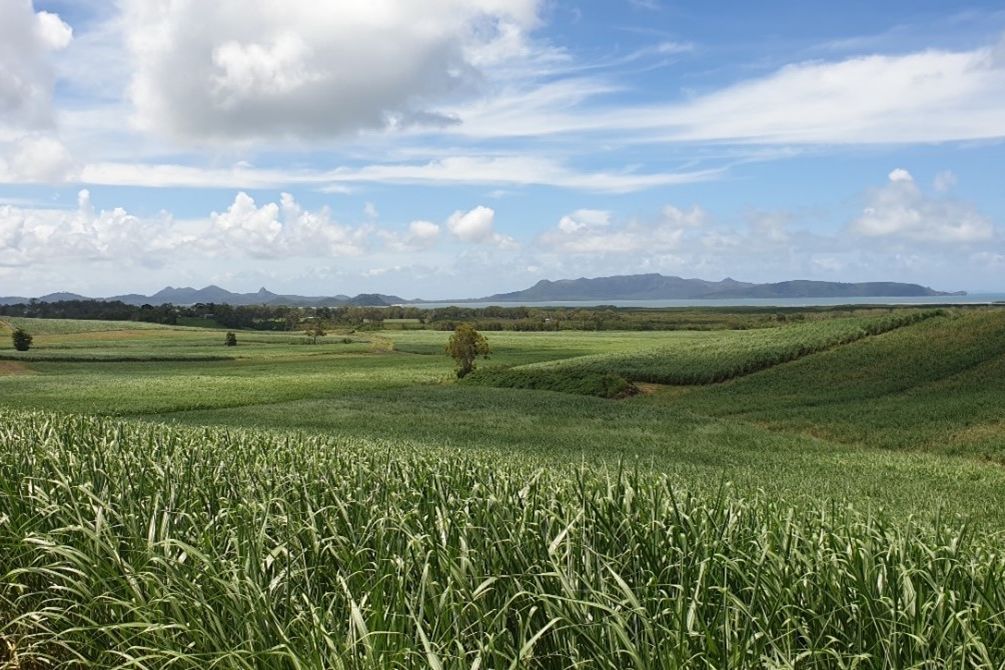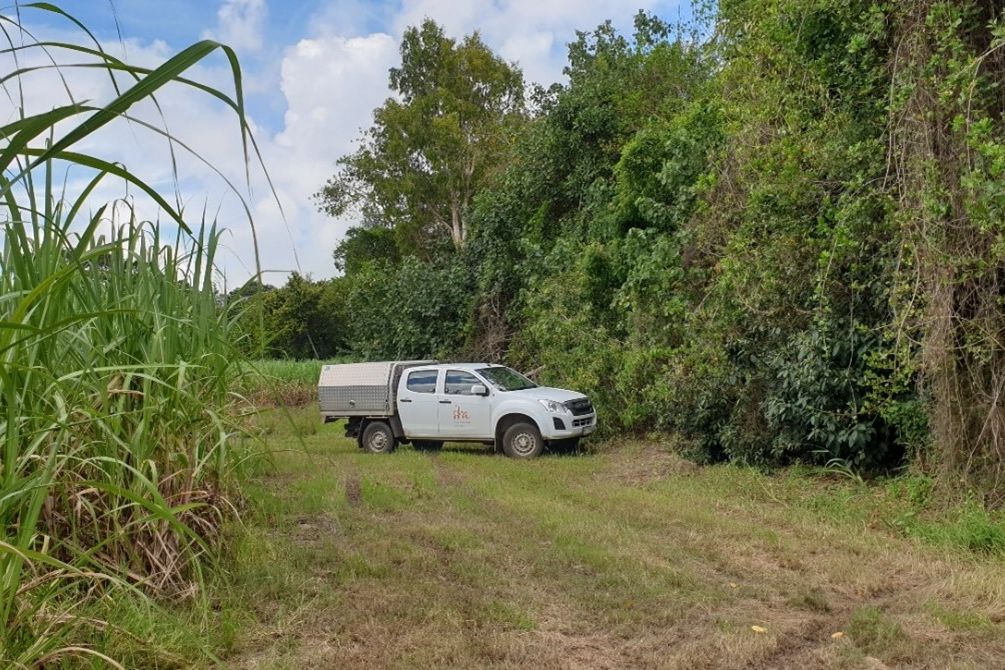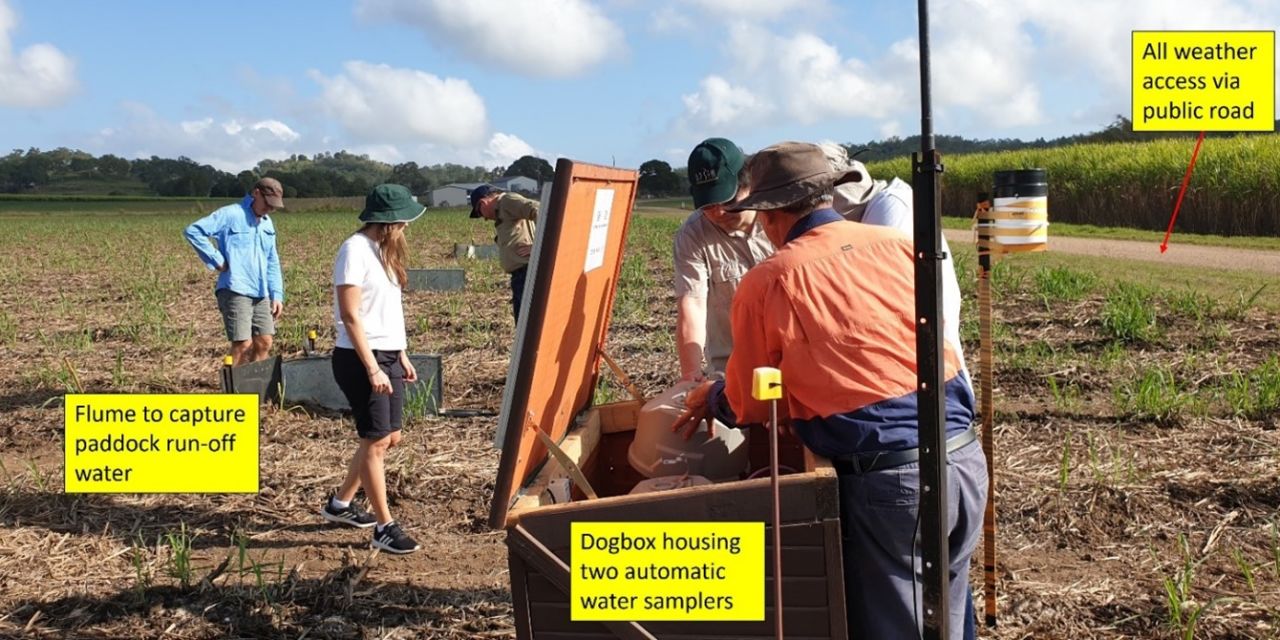Project News ·
Growers using water quality science to better understand farming practices
The SRA Cane to Creek project with support from local growers collects water quality samples from trial sites around Mackay to understand both the water quality and the resulting productivity associated with different farming practices.

Sam and Steve Schembri are third generation cane farmers located at Habana approximately 20 km northwest of Mackay. The brothers are dry land farmers growing and harvesting around 20,000 t of cane in a wide variety of soil types and topographies: heavy cracking clays, rich sandy loams, hard setting sodic, creek flats, undulating, and steep inclines with the added bonus of surface rocks.
Whilst the conditions are challenging, they average very good production of between 70–100t/ha depending on the rain in the growing season. The best production years result from regular, relatively small rain events throughout the growing seasons. Their farming system is typical of that in the Mackay region based around green cane trash blanket in ratoons and ground cover for the fallow paddocks. Ratoon paddocks are treated with residual herbicides soon after harvest, fertiliser and liquid imidacloprid are applied within six weeks post-harvest, and subsequent weed control is achieved by applying herbicide with a high clearance tractor.

Home farm looking to adjacent mangroves and estuarine creeks with Sand Bay/Cape Hillsborough in the background. Credit: SRA
The home farm is 5 km north of the Habana township. The farm drains to its northern boundary which is 2.3 km in length and adjacent to mangroves and mud flats. Sam notes that the proximity of the mangroves and all their drains feeding directly into the local estuarine creeks provides a continual reminder to be environmentally conscious.
In June 2021 Sugar Research Australia (SRA) approached Sam and Steve and requested use of one of their paddocks for demonstration trials under the RTP funded Cane to Creek project. The selected paddock was located at their other farm, which was adjacent to the Habana township. The paddock was ideal for water quality monitoring especially because it was located on an all-weather public road. This would allow SRA staff access to the water samples in most rain events. The paddock was used for trials in 2021/2022 and 2022/2023 growing seasons and is again being used in the 2023/2024 season.

Farm paddock extends to the mangroves. Credit: SRA
“SRA staff have shown me that the water quality science becomes part of industry knowledge, therefore for me wanting to farm responsibly for the environment, I access this industry knowledge through Best Management Practice, following the chemical labels, using correct rates for fertiliser and pesticides, and making sure my application equipment is in good order and calibrated,” said Steve.
Ensuring this knowledge is part of their day-to-day management allows both Sam and Steve to farm knowing that they are doing everything they can to ensure the natural environment that surrounds their farm is protected and maintained for future generations.

Schembri's demonstration site paddock outside Habana township. Credit: SRA
Top photo - Sam (L) and Steve (R) Schembri at the home farm. Credit: SRA
The Cane to Creek project is delivered by SRA and is funded by the partnership between the Australian Government’s Reef Trust and the Great Barrier Reef Foundation.
#Related

Project News ·
Community at the forefront of Reef water quality protection

Project News ·


